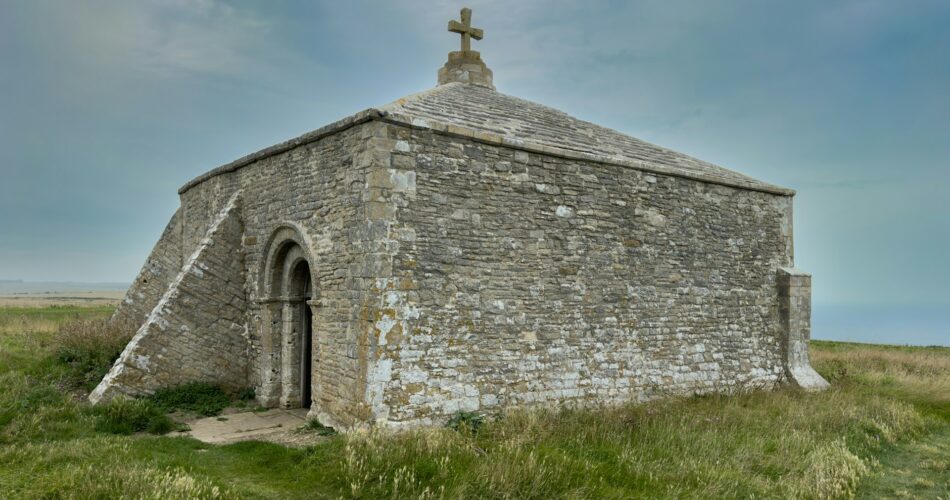History may never be the same.
An archaeological excavation of the ancient city of Trimithis, known as Amheida, has revealed remarkable insights into early Christian life in Egypt, including the discovery of 17 human remains within an ancient church. This site, located near the Dakhla Oasis in Egypt’s western desert, dates back to the Roman period, spanning from 30 B.C. to 641 A.D. Led by New York University’s Institute for the Study of the Ancient World (ISAW), the research team resumed work in 2023 after a seven-year break due to various constraints, including the COVID-19 pandemic. This ongoing excavation offers new perspectives on the city’s architectural and cultural history, especially through the exploration of this church structure, which dates to around the mid-fourth century.
The church, believed to have been built soon after Emperor Constantine’s legalization of Christianity, reflects architectural influences from Roman basilicas, which were public buildings originally used for law and administration. Project Director David Ratzan, also head of ISAW’s library, noted that Christians in this era were beginning to construct prominent places of worship in public spaces, marking a shift in religious expression. The design of this particular church suggests that it was constructed during a period when Christians felt increasingly secure in practicing their faith openly.
Among the most significant findings within the church were 17 bodies, with 12 buried in crypts beneath areas thought to serve as the altar and service rooms. Of these remains, seven were identified as female, and eight were children or adolescents, including infants. This discovery surprised researchers, as Roman Egypt was largely a patriarchal society, yet the burial of numerous women and children here hints at the meaningful role they may have played in the early Christian community of Trimithis.
The team is particularly intrigued by questions surrounding the identity and relationships of the buried individuals. Ratzan speculated that these individuals might have had close connections to church clergy or may have been benefactors who supported the church’s construction and maintenance. The design and arrangement of the crypts could either represent typical burial practices for churches of that period or may be unique to this desert region.
While the excavation of this church is complete, the team continues to study the human remains, awaiting further insights through future excavations of additional churches in Trimithis. Ratzan noted that DNA testing isn’t feasible at present, but further discoveries could deepen understanding of early Christian communities in the area. This significant find is expected to contribute extensively to discussions on early Christian history, with a forthcoming volume detailing the anthropological and cultural findings related to the church.
